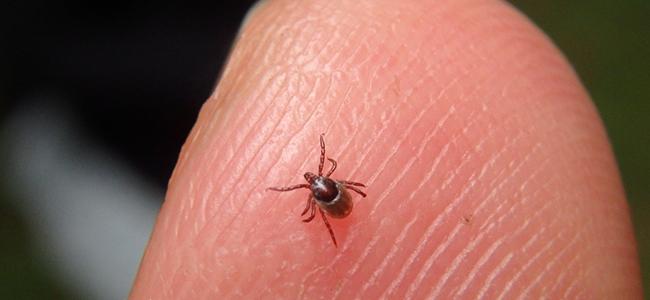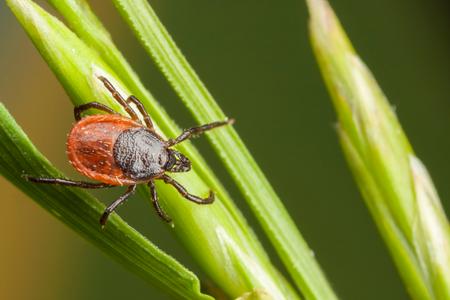
The Best Tick Control For Maryland Properties
10/01/2021
In Maryland, we have some of the most enjoyable weather (for most of the year) for playing out in the yard and enjoying time with our pets. Unfortu...
READ MORE >
There are over 800 species of ticks worldwide and several can be found right here in our own backyards. Learn how to protect yourself from these disease-transmitting insects.
The application of pesticides for tick mitigation should be considered a last resort, but is effective at controlling areas prone to contain large numbers. When tick numbers are high, pesticide treatments are justified.
Treatment for ticks in the Mid-Atlantic region is rendered most effective when maintained throughout the season.
Treatment of lawns is of little benefit without treatment where potential hosts are likely to frequent, such as margins between wooded or brushy areas, fence lines, and around doghouses.
Some of the safest treatments for ticks are comprised of a class of pesticides called Pyrethrums, which are plant extracts called pyrethrins. They are primarily used in and around the home because they break down so quickly. Thus, the need to repeat treatments is often necessary to provide thorough prevention throughout the year.
Learn more about how American Pest will get rid of ticks around your home.

10/01/2021
In Maryland, we have some of the most enjoyable weather (for most of the year) for playing out in the yard and enjoying time with our pets. Unfortu...
READ MORE >

09/03/2021
Healthcare facilities, such as hospitals, nursing homes, rehabilitation centers, and emergent care centers must maintain a strict level of sani...
READ MORE >

08/23/2021
Ticks are considered to be some of the most dangerous arachnids around. Not only are they famous for biting people, pets, and wildlife creatures, b...
READ MORE >

07/15/2021
Each year, tick populations are on the rise. This is due to a multitude of factors, including climate change and increased tick habitat. Frederick ...
READ MORE >

Protect your home and family from nuisance and potentially damaging pests with a Preferred Care home pest control plan. Starting at $49/month

Don't let the bed bugs bite a second longer. Contact American Pest for the most comprehensive bed bug control in the industry. Learn More

Our certified rodent control pros will put an end to your frustration by getting rid of rats and mice inside your home. Learn More

Say goodbye to wood-destroying termites in your home when you contact American Pest for expert termite control. Learn More

Trust American Pest to deliver professional backyard tick control services that are guaranteed to get results. Learn More

Don't spend the warm-weather season indoors, find out how American Pest's professional treatments get rid of mosquitoes. Learn More
Fill out the form and recieve feedback in less than 5 minutes. For immediate service please call.